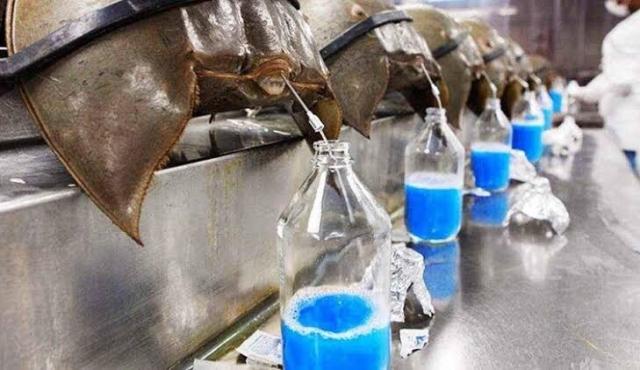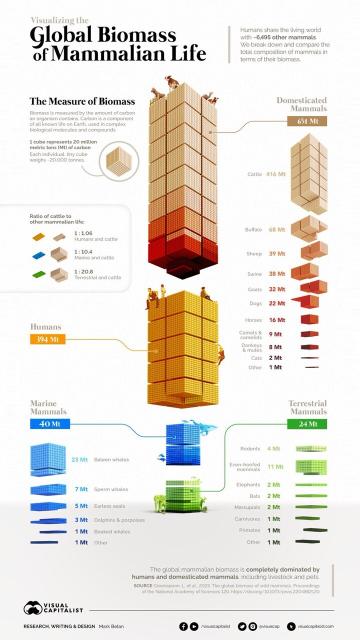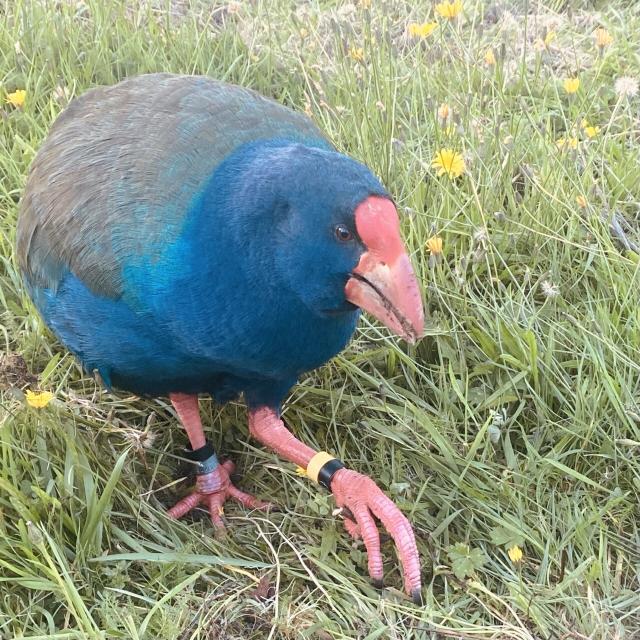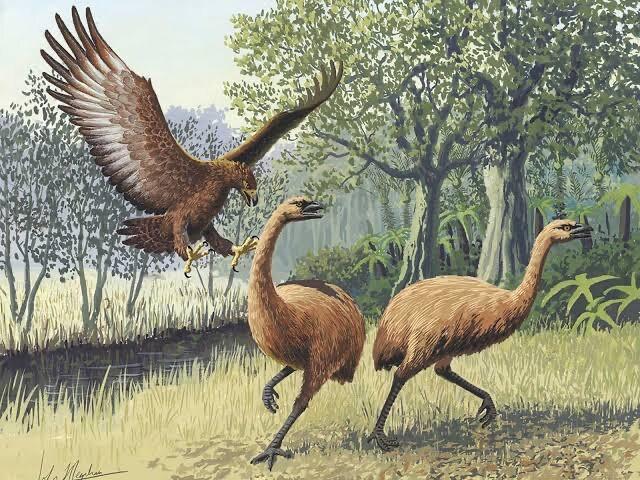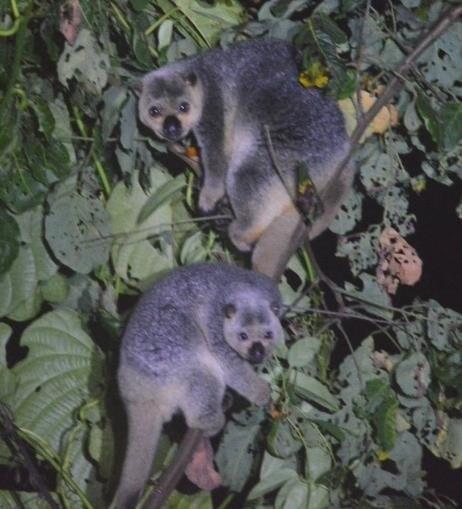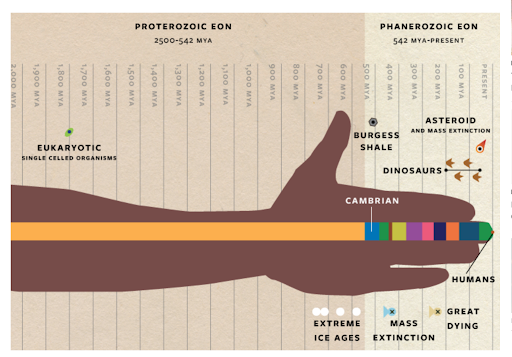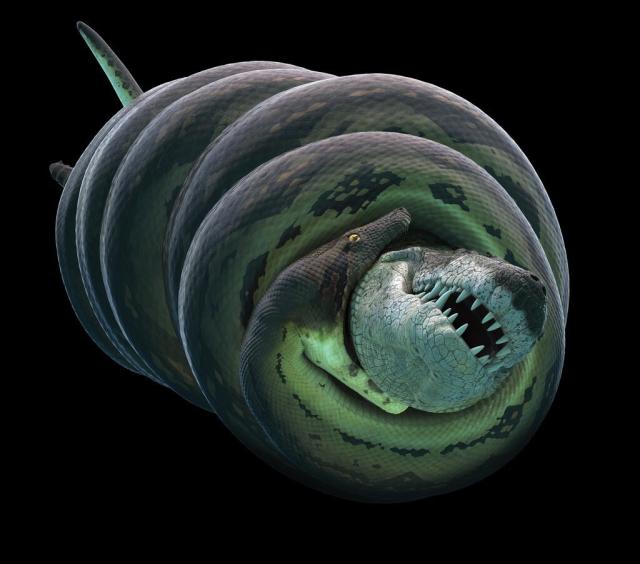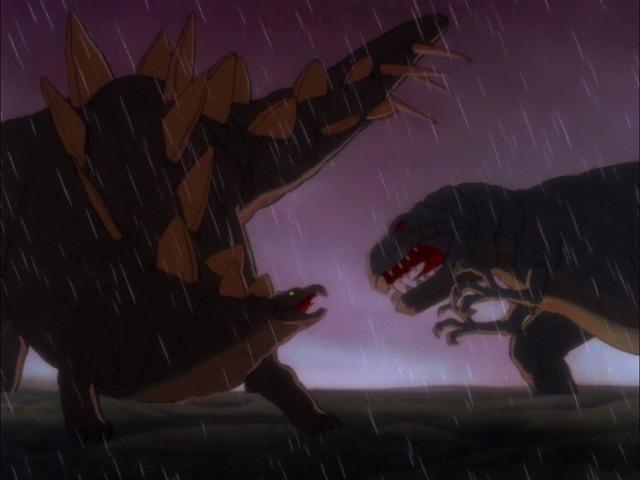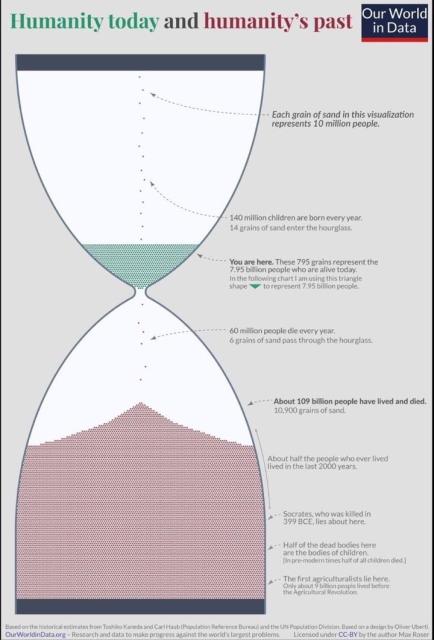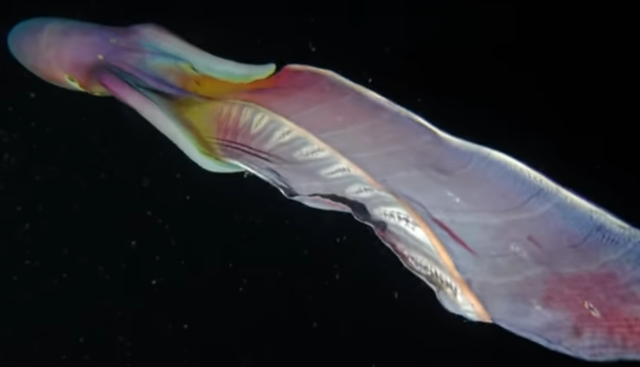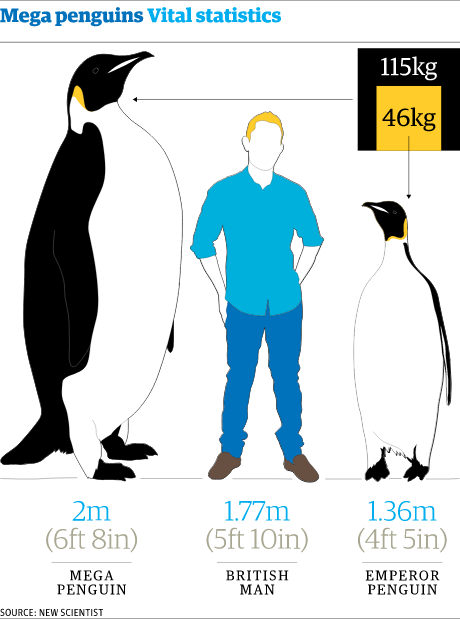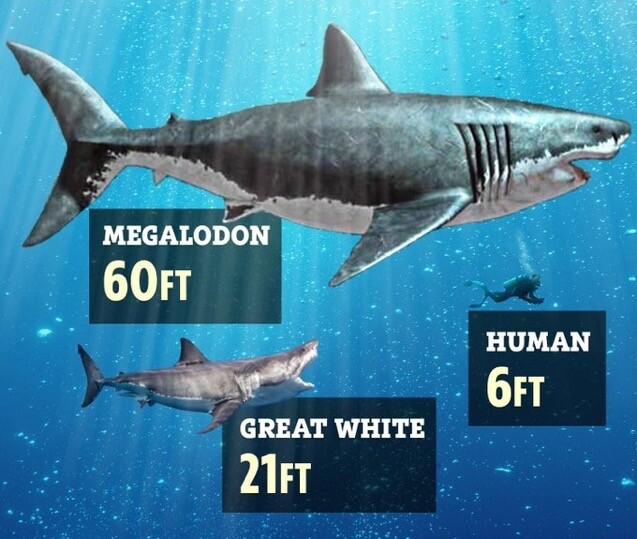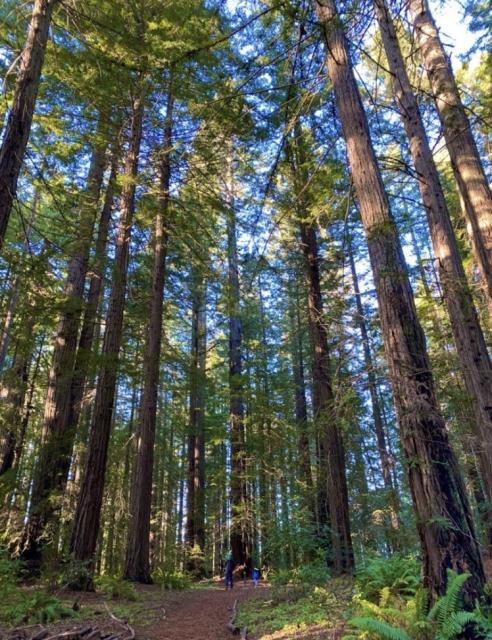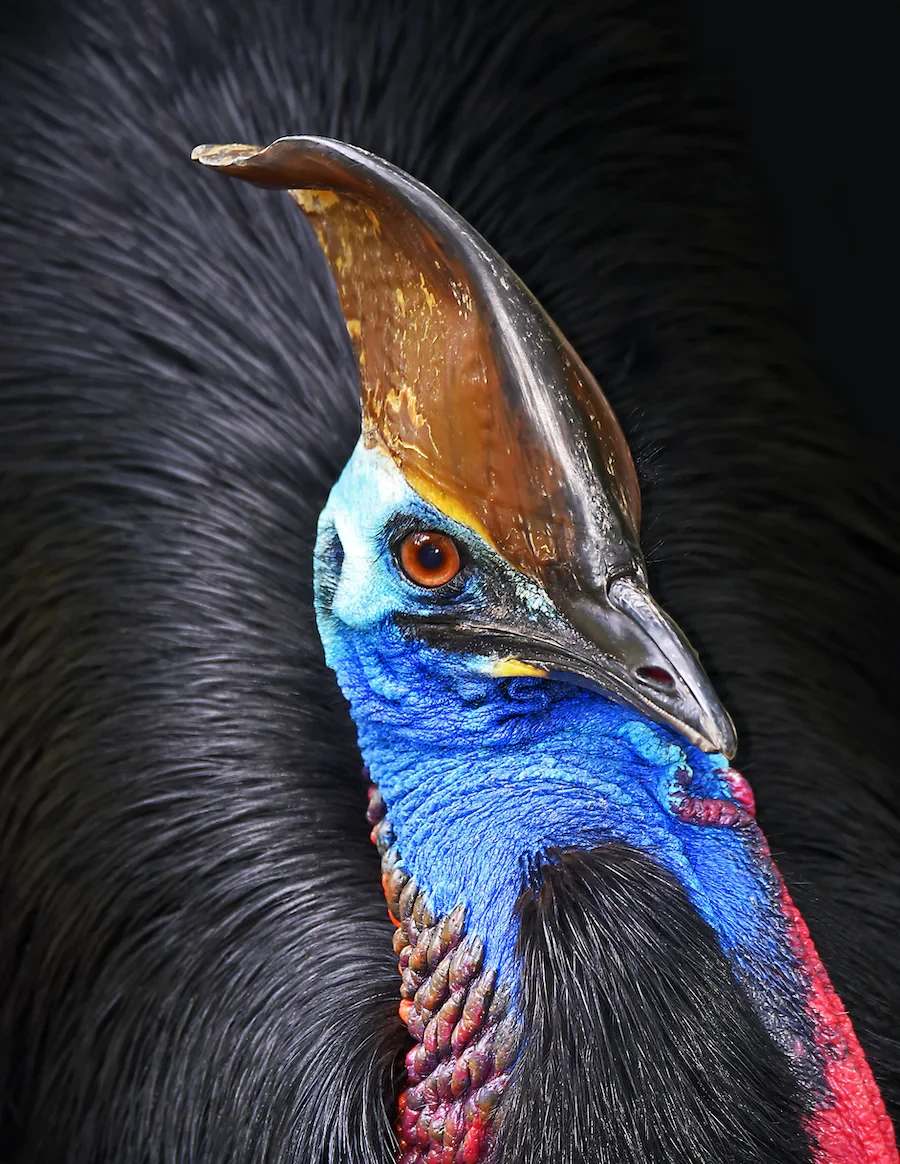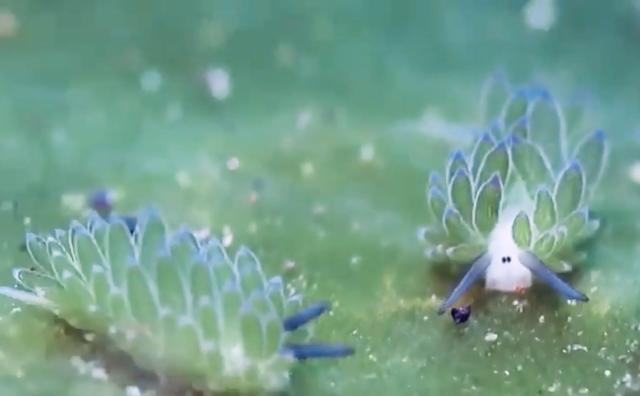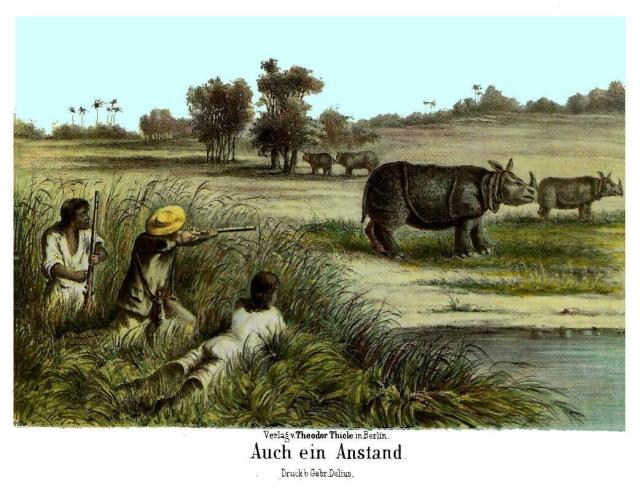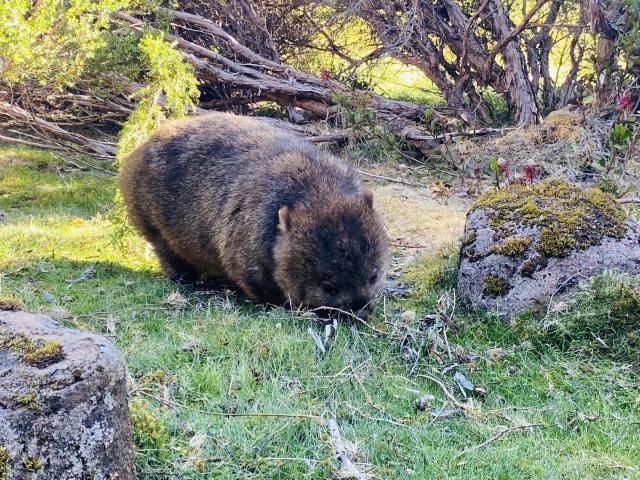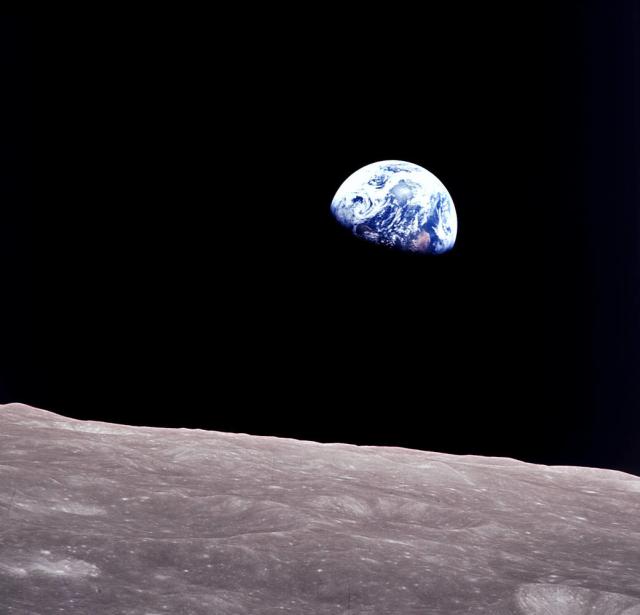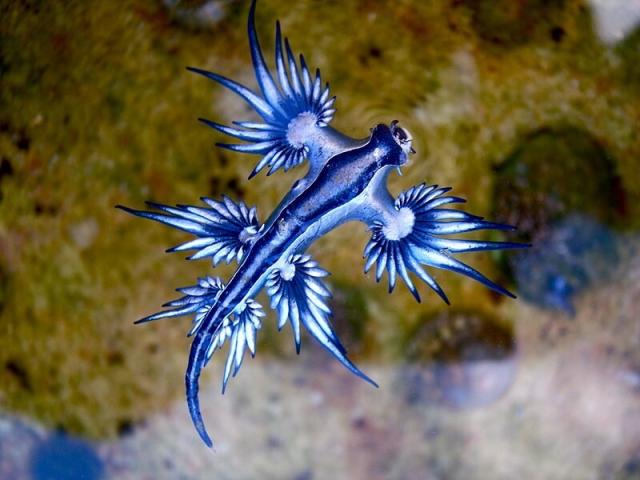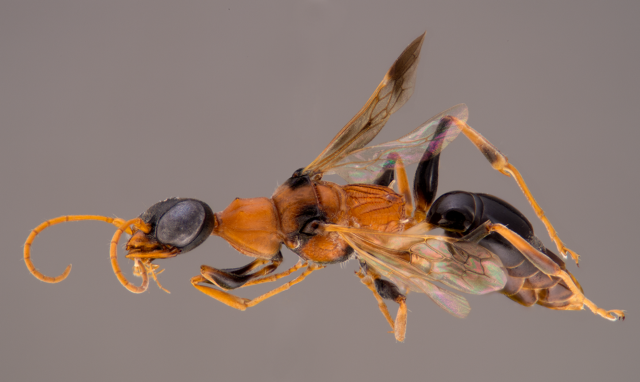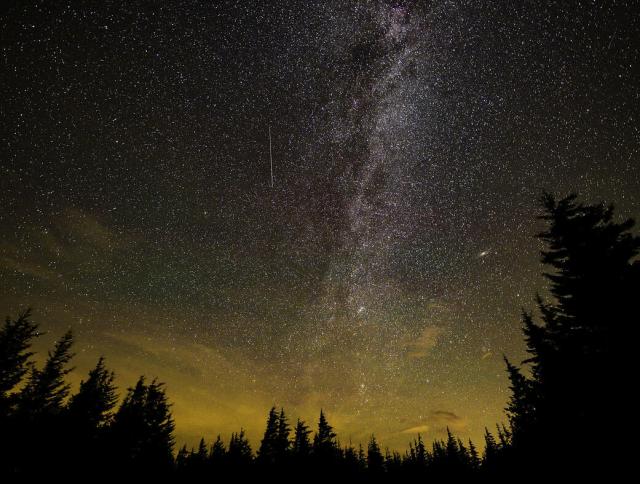Search
Items tagged with: sharedplanet
Africa is bigger than China, the US, Eastern Europe & India combined.
Since Earth is a sphere, flat maps dramatically distort the size of continents.
Source: Bryan Christie & Kai Krause for Scientific American #SharedPlanet #science
Over 100M years ago, titanosaur ‘Patagotitan mayorum‘ wandered around what is now Argentina. It grew >120 feet long, 28 feet tall & weighed ~ 70 tons. (That’s longer than a blue whale!)
amnh.org/explore/news-blogs/ne… #science #history #SharedPlanet
If you ever had a vaccine, injection or surgery, you’re indebted to the ancient & wondrous horseshoe crab.
Its blue blood contains Limulus Amebocyte Lysate (LAL) which clumps at contact with bacterial toxins. Animals are caught for their blood to test sterility of medical equipment & injections.
Unfortunately the harvest is unsustainable & populations are in decline. An effective synthetic substitute has been around for 2 decades & we just need the biomedical industry to switch. #SharedPlanet
Scientific illustrator Mark Balen of @artscistudios has a wonderful new infographic out: The Global Biomass of Mammalian Life
And Earth is full of cows. visualcapitalist.com/biomass-o… #SharedPlanet
Visualizing the Biomass of All the World's Mammals
When the world's biomass—the stuff we're made of—is tallied up, humans and cattle outweigh wild mammals by a massive margin.Visual Capitalist
Takahē once roamed across New Zealand’s South Island, but introduced predators, hunting, habitat destruction & competition for food have taken a heavy toll.
For ~50 years, these flightless #birds were presumed extinct, but they were rediscovered in 1948.
Today there are less than 500 takahē left, but numbers have been increasing through successful conservation measures.
doc.govt.nz/nature/native-anim… #SharedPlanet #conservation #science
Not long ago, the enormous Haast's eagle soared over New Zealand.
Weighing almost 40lbs (18kg) with a wingspan up to ~10ft (3m), they likely feasted on the gigantic moa birds I described in an earlier post. Maori oral tradition also suggests they may have attacked human children.
So what happened to this fierce apex predator? Once the moa disappeared due to excess hunting after the arrival of people, Haast’s eagle followed around 1400. nzbirdsonline.org.nz/species/h…. #SharedPlanet #science #nature
Meet the critically endangered Talaud bear cuscus (Ailurops melanotis). Hunting & deforestation have forced this shy marsupial to the brink of extinction.
Living in the forest canopy, the Talaud bear cuscus eats leaves & fruit. It also helps to limit invasive plants.
We know very little about this quiet & rare species, which scientists believe inhabits just 4 Indonesian islands. I hope we work to protect it before it disappears forever. news.mongabay.com/2022/06/to-w… #SharedPlanet #nature #science
To win island-wide conservation, Indonesia’s Talaud bear cuscus needs to win hearts
In northern Indonesia dwells a shy and overlooked species: the Talaud bear cuscus. Critically endangered and found on only a few small islands, the marsupial faces a decline due to hunting and habitat loss.Philip Jacobson (Conservation news)
The history of Earth as the length of a human’s outstretched arm - representing 4.5 billion years of time.
At this scale, humans emerged so recently that we could be filed off from a microscopic slice at the very tip of a fingernail.
Infographic by Katie Scott from original article in Nautilus. Details at ncse.ngo/deep-time-really-real… #space #time #science #SharedPlanet
Deep time is, like, really, really deep, man | National Center for Science Education
Have you heard the joke about the museum guide who, when asncse.ngo
About 60 million years ago, a gigantic snake called Titanoboa slithered through the swamps of Colombia, killing its prey by constriction.
Titanoboa was massive, estimated to grow up to 50 ft (>15 m) long, over 2,000 lbs (>900 kg) & 3 ft (~1 m) wide. It could have easily devoured animals as large as alligators. floridamuseum.ufl.edu/100years… Image: Smithsonian Channel
#nature #science #SharedPlanet
Titanoboa
Titanoboa, discovered by Museum scientists, was the largest snake that ever lived. Estimated up to 50 feet long and 3 feet wide, this snake was the top predator in the world’s first tropical rainfo…Rare, Beautiful & Fascinating
Once upon a time, ~36,000 years ago, unicorns were real.
The “Siberian unicorn” (scientific name: Elasmotherium sibericum) weighed >4 tons, had a long horn ~3 feet on its nose & roamed Eurasia’s grasslands at the same time as modern humans.
More at theconversation.com/amp/how-a-… #history #science #SharedPlanet
How a change in climate wiped out the 'Siberian unicorn'
The loss of the Siberian unicorn shows just how vulnerable some animals can be to environmental change that can impact on their food supply.Kieren Mitchell (The Conversation)
This week, the world’s human #population is expected to reach 8B. About 109B people have lived and died. Each grain of sand represents 10M.
Spectacular #data visualization of human life on Earth by Max Roser #science #SharedPlanet
After a couple of days on #Mastodon I’m very impressed & excited to be part of this growing community! #mastodonmigration
My only humble suggestion is that it needs more tardigrades aka "water bears."
Tardigrades have survived every mass #extinction on Earth since they evolved about a 1/2 billion years ago. There are ~1,300 known species. And millions of years from now, they won’t even notice we’re gone. #SharedPlanet
One of my favorite animals is the very rare blanket octopus. Few people have seen them firsthand. youtu.be/QJcXMPJ9XN8
The female has a spectacular ‘cape’ enclosing her tentacles, making her look larger to predators. She can grow >6.5ft or 2m!
The male is smaller than a walnut. He weighs 40,000x less than the female measuring 2.4cm.
Blanket octopus are the most extreme example of female vs male size discrepancy across the (non-mircoscopic) animal kingdom. #nature #science #SharedPlanet
Rare 'rainbow' blanket octopuses caught on camera in the Philippines | USA TODAY
Two rare, multi-colored octopuses were spotted off the coast of the Philippines.» Subscribe to USA TODAY: http://bit.ly/1xa3XAh» Watch more on this and other...YouTube
Extinct mega penguin was tallest and heaviest ever
A fossil foot bone found in Antarctica suggests that one extinct species of penguin was a true giant, clocking in at 115 kilogramsJeff Hecht (New Scientist)
Healthy soil is teeming with life.
🪱 🦠 🐜 🪲 🍄
It’s made up of billions of microscopic & macroscopic organisms representing the greatest concentration of biomass anywhere on Earth.
This includes millions of different species of bacteria, algae, fungi, insects, earthworms, beetles, ants & mites.
Just a teaspoonful of healthy soil contains more microbes than there are people on the earth, according to the USDA. nrcs.usda.gov/sites/default/fi… #nature #science #SharedPlanet
Megalodon dominated the world’s ocean for over 13 million years.
Modern humans have only been around for a few hundred thousand years. nhm.ac.uk/discover/megalodon--… #nature #science #SharedPlanet
Megalodon: the truth about the largest shark that ever lived
Just how big was megalodon and could this giant predator still be lurking in the dark depths of the ocean?www.nhm.ac.uk
One of my favorite #birds is the endangered southern cassowary.
These shy birds don’t fly, but run fast & swim well. They have a dagger-like middle claw up to 12cm giving them a reputation as the most dangerous bird alive.
The female is larger & more colorful than the male. He incubates the eggs & raises chicks.
Cassowaries play a vital role in Australia by spreading seeds. They are among the closest living species to dinosaurs. Photo: David Clode australiazoo.com.au/wildlife/o… #nature #SharedPlanet
Cassowary - Australia Zoo
Plan your adventure by learning about the Cassowary and find out some great facts about this and other birds you can meet here at Australia Zoo!Australia Zoo
Nature is full of surprises. Meet Costasiella kuroshimae, an adorable species of sea slug known as “leaf sheep.”
At no more than 8mm, these tiny ocean critters graze on algae & keep chloroplasts in their bodies for up to 10 days. They supplement their diet through photosynthesis to create energy, which is why they’re sometimes referred to as “solar-powered sea slugs.” bbc.com/travel/article/2021032… #nature #science #SharedPlanet
There are ~76 critically endangered Javan rhinoceros left on Earth & they all live in Ujung Kulon National Park in Indonesia. rhinos.org/about-rhinos/rhino-… #nature
The species was nearly wiped out because so many people believed that their horns were magical. Such a ridiculous reason to disappear.
Unicorns wouldn’t stand a chance. #SharedPlanet
I just spotted my first wombats in the wild on Cradle Mountain in Tasmania.
These stocky little marsupials sort of look like a cross between a baby brown bear, koala & pig. They have a pouch like other marsupials, but it’s backwards which prevents dirt from entering as they burrow.
At just over 3 ft long, they’re absolutely charming. But millions of years ago, herds of giant wombats as large as rhinoceros roamed southern #Australia. #wildlife #photography #SharedPlanet
Over 50,000 years ago, our ancient cousin, Homo floresiensis, lived on the Indonesian island Flores. Popularly referred to as "hobbits,” adults were ~3 ft tall.
Soaring the skies above them, a giant carnivorous bird, Leptoptilos robustus, measured 6 ft tall with a long, sharp beak.
Did they interact? Newspapers around the world have run sensationalized headlines claiming the #birds ate hobbit babies, but scientists just don’t know. Yet. nationalgeographic.com/science… #science #history #SharedPlanet
Legend of the Killer Storks
What makes a monster? Godzilla, Medusa, Frankenstein’s monster, Fáfnir, the Alien: All these fictional fiends have disparate origins, attributes, and motivations, but they are tied together by their disregard for what we perceive as the natural order…Riley Black (National Geographic)
About 250M years ago, 90% of species on Earth died during the Permian extinction. All of that loss created a lot of vacant niches to fill.
And not long after, the first mammals, our ancestors, appeared.
I find it comforting to remember that life on this pale blue dot will be resilient - whether we’re part of it or not. #science #nature #history #SharedPlanet
Dragons are real. And they live in the ocean.
Blue Glaucus or “the blue dragon” is a brightly colored nudibranch that incorporates toxic chemicals & stinging cells from prey into its skin as a defense against predation.
And in my humble opinion, it’s more spectacular than anything ever imagined in Westeros. Image: Sylke Rohrlach #science #nature #SharedPlanet
Sometimes literary works of fiction inspire scientists.
Meet “Ampulex dementor” aka “the dementor wasp.” This species, discovered a few years ago, was named after the mythical dementors in "Harry Potter" that suck souls with abandon.
Why? The dementor wasp injects venom into its prey, turning cockroaches into passive zombies before dragging them off to be devoured. #nature #science #books #SharedPlanet
Over 80% of the world’s population & 99% of Americans & Europeans live under "sky glow," where light pollution affects wildlife, human health & our ability to observe celestial objects.
As we lose the chance to look up & peer back in time at once vivid stars, we risk forgetting our place as a single species in the magnificent symphony of life. education.nationalgeographic.o… #space #science #nature #SharedPlanet
Light Pollution | National Geographic Society
People all over the world are living under the nighttime glow of artificial light, and it is causing big problems for humans, wildlife, and the environment. There is a global movement to reduce light pollution, and everyone can help.education.nationalgeographic.org
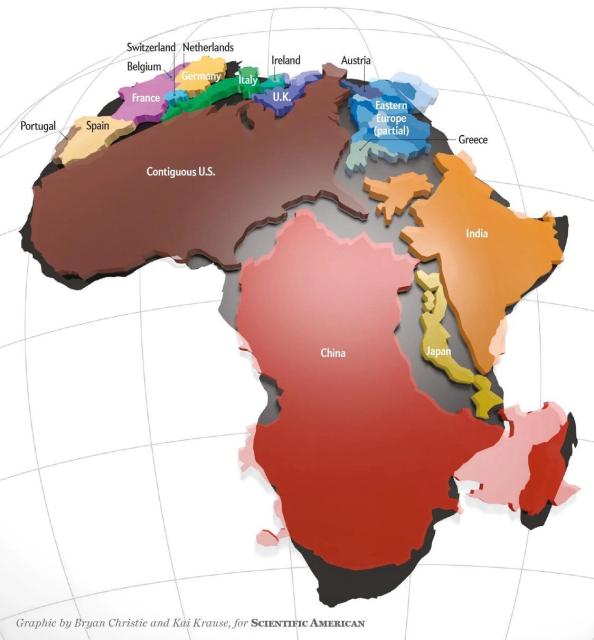

![A scale diagram showing the giant titanosaur Patagotitan mayorum, compared to some humans. via Wikimedia Commons
“• Patagotitan silhouette based proportionally on a skeletal reconstruction by Henrique Paes, used with permission.[1]
• Patagotitan is one of the more complete giant titanosaurs but there are still areas that are unknown.[2] The proportions shown here, such as neck and tail length, are dependent on how many vertebrae are used to fill in the gaps; these proportions might differ slightly between reconstructions.
• Humans scaled to 170 cm (5 ft 7 in) and 160 cm (5 ft 3 in).” A scale diagram showing the giant titanosaur Patagotitan mayorum, compared to some humans. via Wikimedia Commons
“• Patagotitan silhouette based proportionally on a skeletal reconstruction by Henrique Paes, used with permission.[1]
• Patagotitan is one of the more complete giant titanosaurs but there are still areas that are unknown.[2] The proportions shown here, such as neck and tail length, are dependent on how many vertebrae are used to fill in the gaps; these proportions might differ slightly between reconstructions.
• Humans scaled to 170 cm (5 ft 7 in) and 160 cm (5 ft 3 in).”](https://keybored.me/photo/preview/640/1195093)
